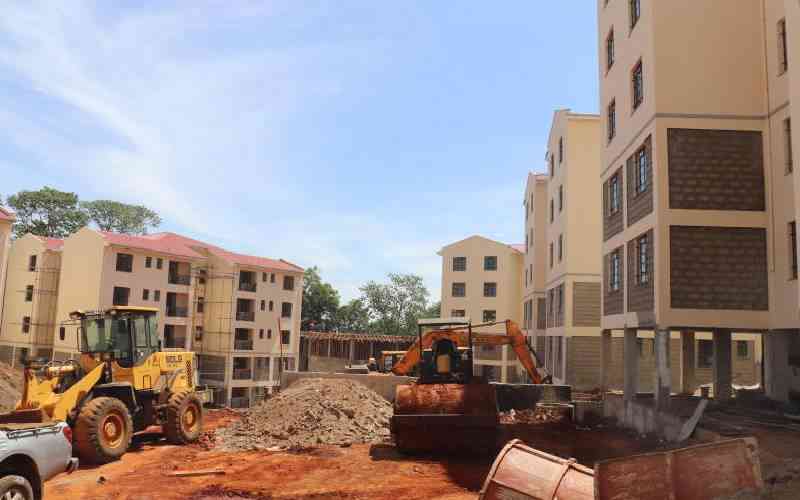×
The Standard e-Paper
Kenya's Bold Newspaper

Adoption of Tenant Purchase Schemes (TPS) by financiers and developers has the potential to unlock demand for affordable housing in the country, a real estate think tank has said.
The Centre for Affordable Housing Finance (CAHF), through its Open Access Initiative, by analysing studies has the opinion that with adequate finance, more Kenyans can access housing at affordable prices through TPS.